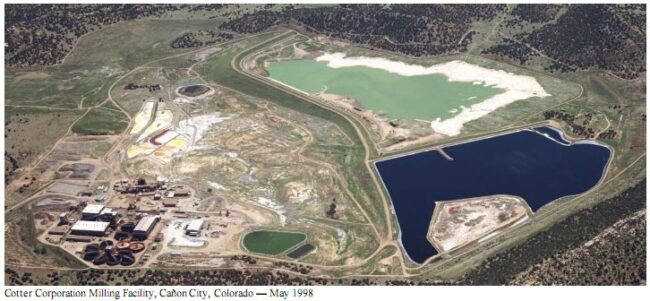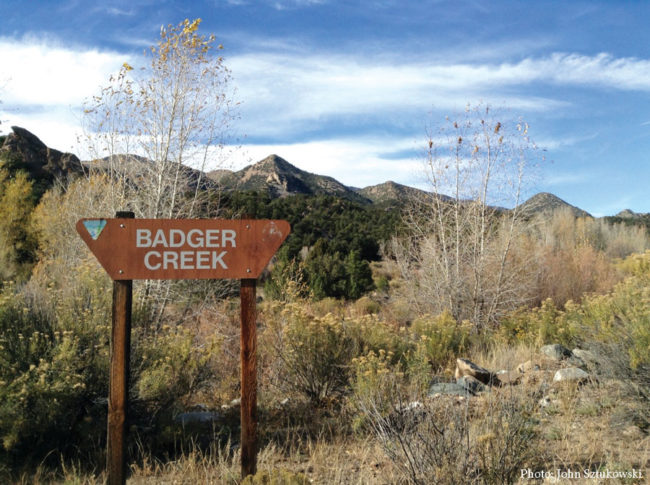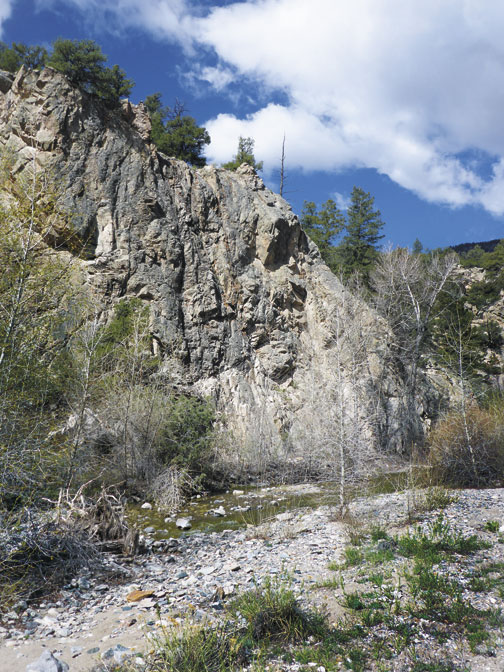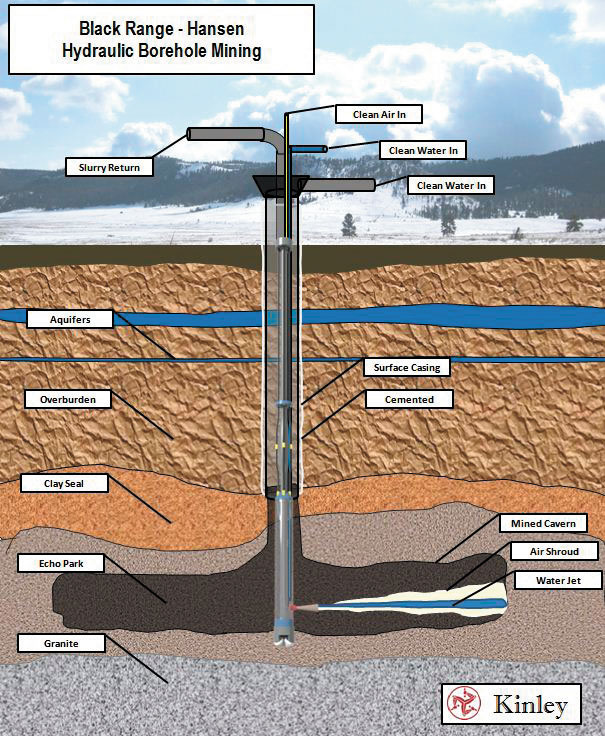THE GENTLE ROLLING HILLS JUST SOUTH OF Cañon City are covered with the green that a semi-desert landscape can produce: low grasses, cactus, shrub-like pine and juniper trees. Ground and surface waters drain northeast from the Wet Mountains immediately adjacent, though surface waters flowing through the area, like Sand Creek, tend to appear only following substantial rainfall. Oak Creek Grade Road winds south from Cañon City and within a few miles climbs into the Wet Mountains, eventually reaching Westcliffe to the southwest. Just east of Oak Creek Grade a couple miles south of Cañon City lies the site of the…






